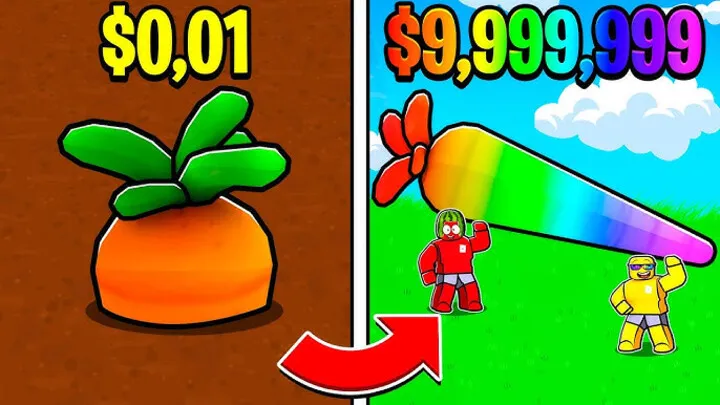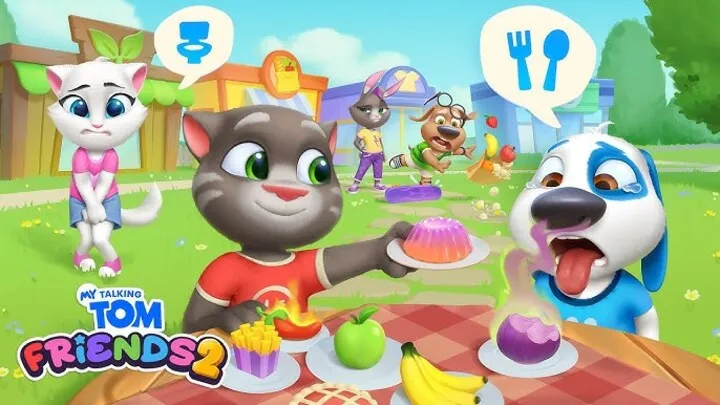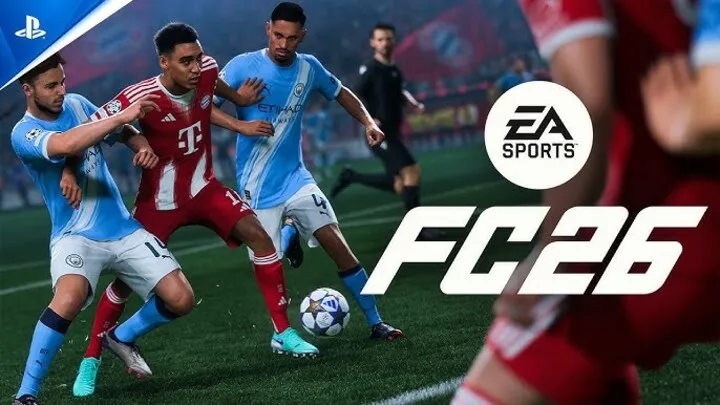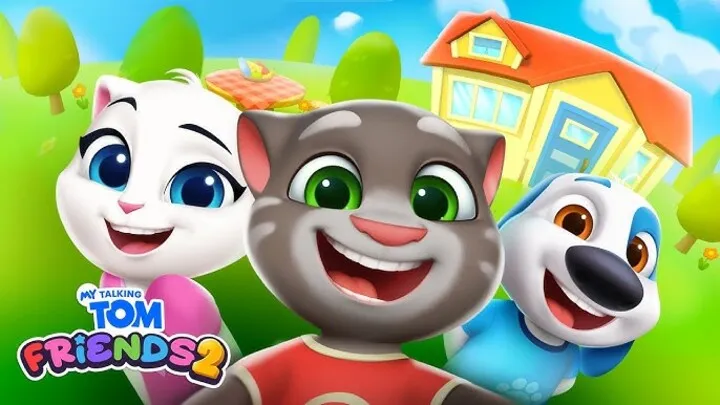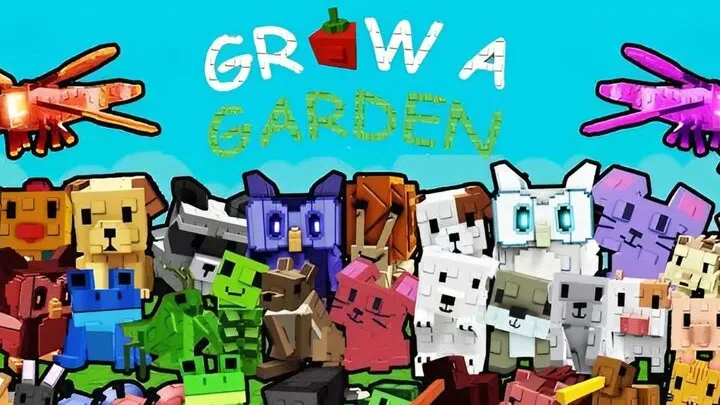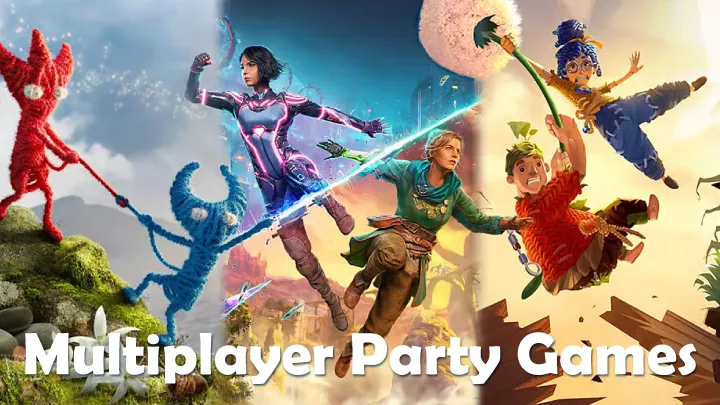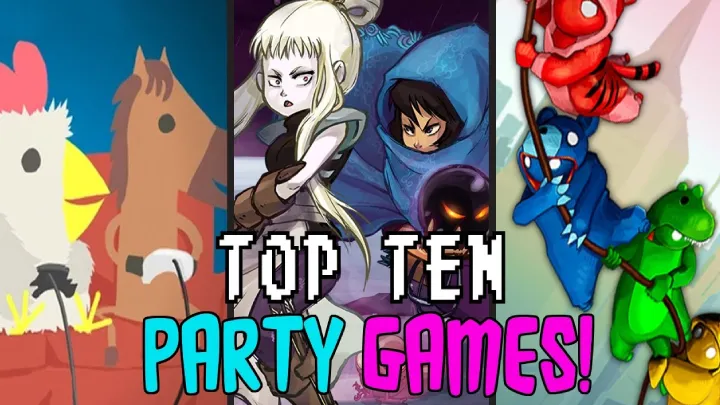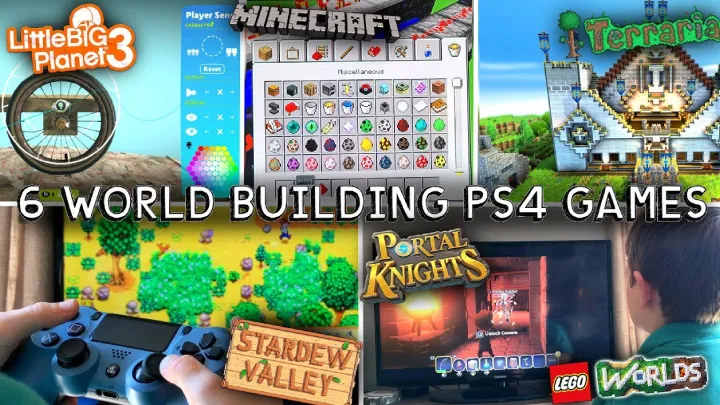Addictive Games Everyone Talks About
Introduction
When we talk about “addictive” games, we’re not necessarily referring to something negative. In gaming, addiction often means that a title is so engaging, so cleverly designed, and so socially relevant that players simply cannot put it down. These are the games that dominate conversations at schools, workplaces, and online communities. They appear in memes, news headlines, and even pop culture references outside of gaming itself.
Addictive games manage to find a unique balance between simple mechanics and deep replayability. They use psychological triggers like rewards, social interaction, and progression systems to keep players coming back for more. Some focus on competitive drive, others on creativity, and some simply on the joy of quick, casual fun.
In this article, we’ll explore ten of the most addictive games everyone talks about. From casual mobile puzzlers to massive online worlds, these titles have captured millions — sometimes even billions — of players worldwide. Let’s start with one of the biggest mobile sensations of all time.
1. Candy Crush Saga – The Puzzle Phenomenon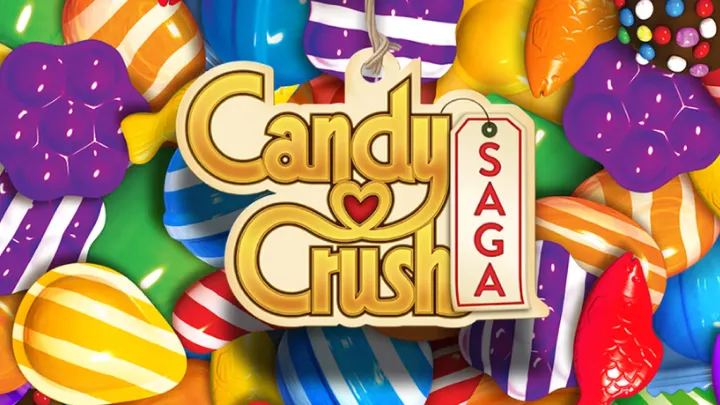
When Candy Crush Saga first appeared in 2012, few could have predicted the cultural juggernaut it would become. Developed by King, this match-three puzzle game wasn’t the first of its kind, but it perfected the formula in ways that made it irresistible.
Why It’s Addictive
- Easy to learn, hard to master: Players simply swap candies to make matches of three or more. Yet with hundreds of levels and tricky obstacles, the challenge scales perfectly.
- Colorful, satisfying design: The visual pop of candies, combined with the rewarding sound effects when clearing levels, creates a dopamine-rich loop.
- Free-to-play model: With limited lives, players often come back after waiting, creating a cycle of engagement. Microtransactions for extra moves only added to the hook.
Social and Cultural Impact
Candy Crush Saga spread like wildfire on Facebook, becoming a viral sensation. Its integration with social media allowed players to send and receive lives from friends, further fueling its addictive loop. Even today, more than a decade later, it continues to attract millions of daily active users.
Legacy
The game proved that mobile gaming could rival console and PC in terms of influence. It also set the template for countless free-to-play puzzle games that followed. Simply put, Candy Crush didn’t just entertain — it reshaped the business model of mobile gaming.
2. Among Us – Social Deception at Its Best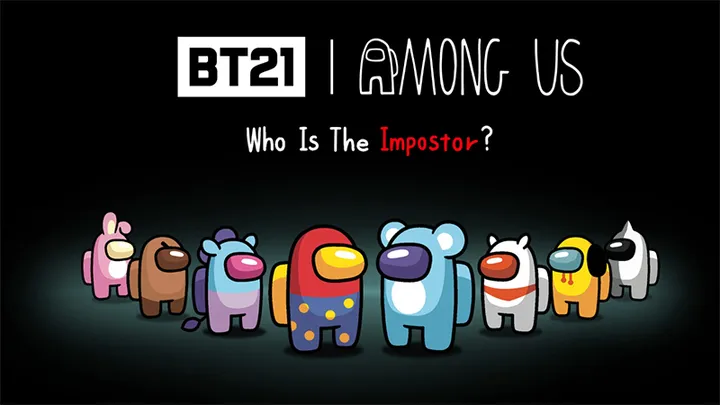
Released in 2018 by InnerSloth, Among Us didn’t gain mainstream recognition until 2020, when the COVID-19 pandemic forced people to find new ways to connect socially. Suddenly, this quirky multiplayer title was everywhere — Twitch, YouTube, TikTok, and beyond.
Why It’s Addictive
- Simple concept: A group of players works together to complete tasks on a spaceship, while hidden impostors attempt to sabotage and eliminate them.
- Deception and deduction: Meetings where players discuss and vote out suspected impostors create tense, often hilarious social interactions.
- Short, replayable matches: Each round lasts only a few minutes, but no two games feel alike thanks to shifting roles and dynamics.
Cultural Explosion
Among Us became more than just a game; it was a social phenomenon. Politicians, celebrities, and content creators all played it live, bringing together audiences that had never gamed before. Phrases like “sus” and “venting” became part of everyday vocabulary, proving the game’s reach beyond typical gaming circles.
Legacy
Though its popularity has cooled since its peak, Among Us remains a staple in discussions about how games can foster social connection. It showed that even small indie studios could create global phenomena with simple, clever design.
3. Fortnite – The Ongoing Battle Royale Revolution
Few games embody the word “addictive” as strongly as Fortnite. Released in 2017 by Epic Games, it began as a cooperative survival game but exploded into popularity with its Battle Royale mode. Today, Fortnite isn’t just a game — it’s a cultural platform.
Why It’s Addictive
- Constant updates: Epic Games keeps Fortnite fresh with new seasons, events, and collaborations. Players never know what to expect next.
- Unique building mechanic: Unlike other battle royales, Fortnite allows players to construct structures in real time, adding depth and creativity to combat.
- Social hub: Beyond combat, players hang out, attend virtual concerts, and interact in creative modes, making Fortnite more of a social ecosystem than a simple shooter.
Cultural Dominance
From Marvel superheroes to Star Wars crossovers, Fortnite has collaborated with nearly every major entertainment brand. Its emotes and dances have gone viral, influencing real-world pop culture. Schoolyards and offices alike buzzed with talk about new skins, seasons, and victories.
Legacy
Fortnite proved that games could serve as digital spaces for entertainment beyond gameplay. It set a precedent for live-service games, showing how continuous content could keep players invested for years.
Conclusion – Why These Games Keep Us Hooked
Addictive games are not accidents; they are carefully crafted experiences designed to keep players engaged for minutes, hours, or even years. What unites titles as different as Candy Crush Saga, Among Us, Fortnite is their ability to deliver constant rewards, social connection, and a sense of progress. Whether it’s unlocking a new skin, beating a friend’s score, or simply surviving another round, these games know how to keep players invested.
Another important factor is accessibility. Many of these games are free-to-play, easy to learn, and available on multiple platforms, ensuring they can reach the widest possible audience. At the same time, their depth means that casual players and hardcore gamers alike can find reasons to return.
Finally, addictive games thrive because they are more than just entertainment. They are part of our conversations, our social lives, and even our culture. They create memes, fuel streaming platforms, and sometimes even shape how we interact with friends and strangers online.
As









